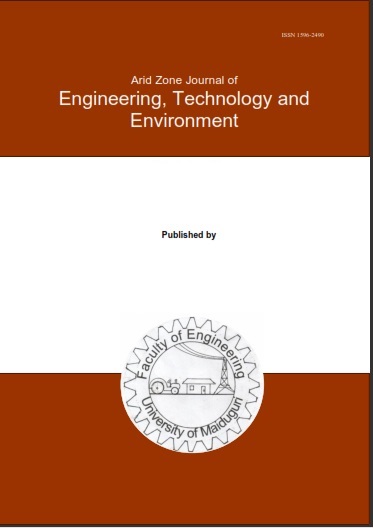Abstract
Flash floods are among the most severe hydrological hazards, posing significant threats to urban areas worldwide. This study focuses on flash flood mapping of Jukskei River, a catchment in Johannesburg, South Africa, prone to frequent flash flooding. The study employed combination of remote sensing and GIS techniques. The approach follows an analytical framework using satellite imagery and Digital Elevation Models (DEMs) Major extreme rainfall events were analyzed such as rainfall covering 241.6 mm (over 6 hours) and 122 mm (over 4 hours)—corresponding to return periods of 100 and 50 years, respectively. The results of the HEC-RAS simulation were integrated into QGIS to visualize the spatial extent of flooding for the rainfall intensities. The DEM data was processed to identify areas prone to overland flow accumulation, and flood extents were mapped based on the water surface elevations calculated for the 40.27 mm/h and 30.5 mm/h intensities. The mapping results highlighted critical zones where water levels exceeded the riverbanks, potentially endangering residential areas and infrastructures. The findings emphasized the importance of integrated flood risk management strategies to mitigate future hazards and enhance urban resilience.

This work is licensed under a Creative Commons Attribution-NonCommercial-NoDerivatives 4.0 International License.
Copyright (c) 2025 ARID ZONE JOURNAL OF ENGINEERING, TECHNOLOGY AND ENVIRONMENT

